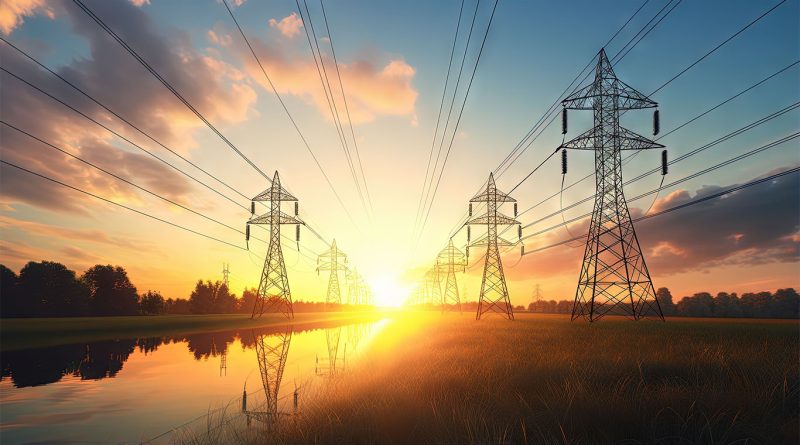Navigating the Five Crucial Stages of the Energy Supply Chain: From Exploration to Consumption
The supply chain of energy refers to the process of generating and delivering energy to end-users. This s is comprised of several steps, each of which plays a vital role in ensuring a consistent and reliable supply of energy. Here are the five essential steps of the energy supply chain:
1. Exploration and Production
This step involves identifying and extracting energy resources from the earth’s crust, such as geothermal energy or fossil fuels like coal, oil, and natural gas. Renewable options include wind, solar, and hydro. The exploration process involves geological surveys, seismic imaging, drilling, and testing to determine the quality and quantity of the resources. Once the resources are located, the production process begins, which involves extraction, processing, and refinement to make the energy usable.
2. Transportation
Energy resources need to be transported from the production site to the distribution centers or end-users. Fossil fuels are usually transported through pipelines, ships, trucks, or railroads, while renewable sources of energy require specialized transportation methods, such as electricity grids, transmission lines, or hydrogen pipelines. The transportation process requires careful planning, monitoring, and maintenance to ensure the safe and efficient delivery of energy.
3. Refining and Processing
Raw energy resources must next be converted into usable forms, such as electricity, gas, or fuel. Fossil fuels need to be refined to remove impurities and used to create the likes of gasoline, diesel, or jet fuel. Renewable energy sources, such as wind and solar, need to be converted into electricity through turbines, solar panels, or batteries. The refining and processing step requires advanced technology, equipment, and expertise to ensure the quality and safety of the energy products.
4. Distribution
The fourth step in the energy supply chain is distribution. This step involves delivering energy products to the end-users. Fossil fuels are usually distributed through gas stations or fuel depots, while electricity is distributed through grids or transmission lines. The distribution process requires careful planning, coordination, and monitoring to ensure the reliability and security of the energy supply.
5. Consumption
The final stage of the energy supply chain is consumption. This involves the use of energy products by the end-users to power homes, operate factories, or fuel vehicles. The consumption of energy products can have environmental, economic, and social impacts, such as greenhouse gas emissions, energy costs, and energy security.
The energy supply chain comprises of these five crucial stages, each essential for delivering energy to end-users efficiently and reliably. Throughout this process, careful planning, advanced technology, and coordination are necessary to ensure the quality, safety, and sustainability of the energy supply. By understanding and addressing the challenges at each stage of the energy supply chain, we can work towards promoting a cleaner, more affordable, and secure energy future for all.
